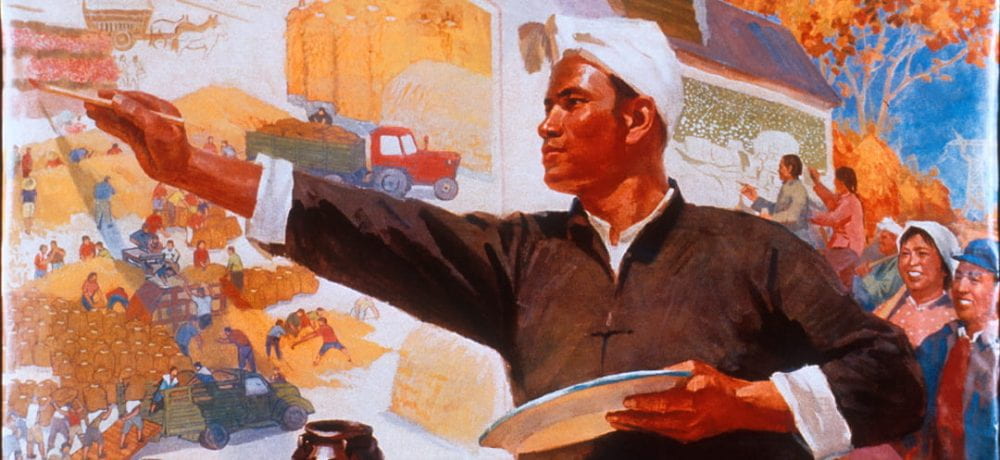Two Images of Socialism: Woodcuts in Chinese Communist Politics by Chang-Tai Hung is a scholarly article from the Cambridge University Press that analyzes the influence of woodcuts in Chinese politics. This article provides valuable insight on the relationship between the rise of the Communist party and the modernist woodcut movement. It further delves into the background of the movement and examines its founding father, Lu Xun. The author praises Lu Xun for his contribution to modern art in China and further introduces other well-known woodcut artists such as Li Hua, Wo Zhang, and Gu Yuan. This article provided immense detail about the political aims of woodcut prints and how the CCP strategically used this medium against their political enemies and for promoting the revolution. It analyzed important artists who influenced both the art movement and Chinese politics.
After reading this lengthy article I learned a lot more about my artist, Lu Xun. For instance, Lu Xun was significantly influenced by German graphic artist, Kat Witz; the Russian engraver, Vladimir A. Favorsky, and the Belgian woodcut artist, Frans Masereel. All of which introduced Western techniques of linearity and sharp contrast. Lu Xun borrowed these Western techniques and introduced a new style of woodcut print to China. Both the simplicity of a woodcut and new style of sharp contrast allowed Lu Xun to produce effective messages that promoted social and political change in China. Lu Xun and many other leftists started to believe that this was the new medium for art. Not only could this sway the opinion of the public through effective aesthetics, but it was cheap and easy to mass produce. This article provides interesting information about the modernist woodcut movement in China and its integral relationship with communist politics.
Work Cited:
Hung, Chang-Tai. “Two Images of Socialism: Woodcuts in Chinese Communist Politics.” Comparative Studies in Society and History, vol. 39, no. 1, 1997, pp. 34–60.
https://www.jstor.org/stable/pdf/179238.pdf?refreqid=excelsior%3A93a3148d5ce61f0d7aeaa9482a48b6e8

